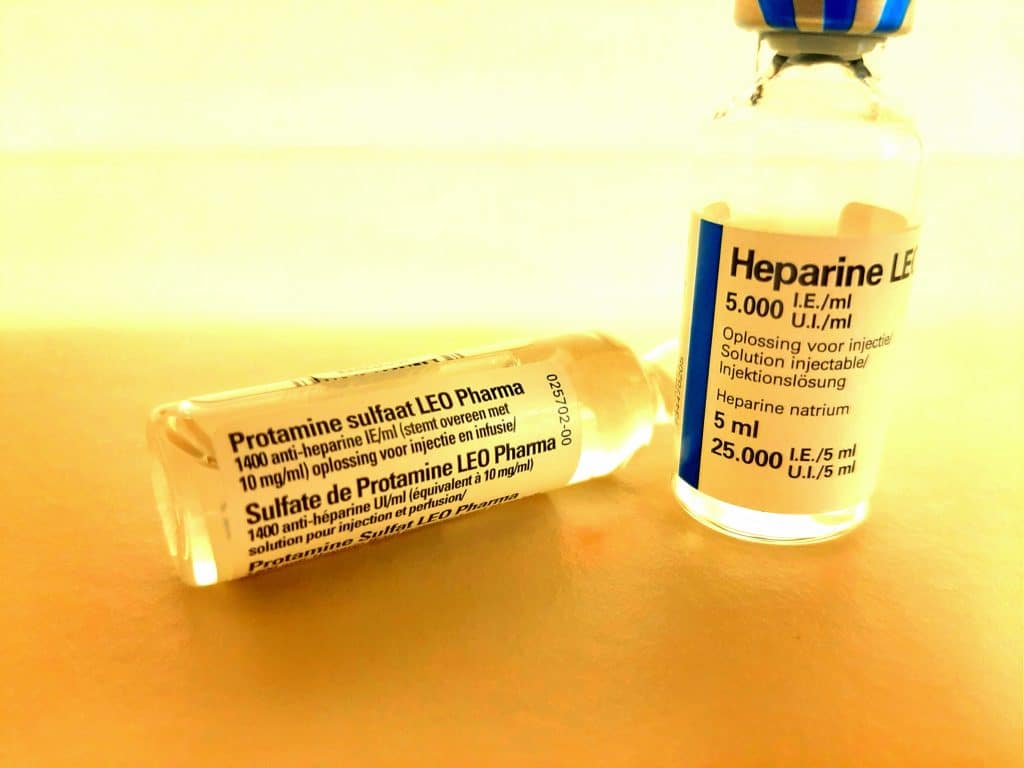Pharmacological and Clinical Application of Heparin Progress: An Essential Drug for Modern Medicine

Heparin is the earliest and most widely used anticoagulant and antithrombotic drug that is still used in a variety of clinical indications. Since it was discovered in 1916, after more than a century of repeated exploration, heparin has not been replaced by other drugs, but a great progress has been made in its basic research and clinical application. Besides anticoagulant and antithrombotic effects, heparin also has antitumor, anti-inflammatory, antiviral, and other pharmacological activities. It is widely used clinically in cardiovascular and cerebrovascular diseases, lung diseases, kidney diseases, cancer, etc., as the first anticoagulant medicine in COVID-19 exerts anticoagulant, anti-inflammatory and antiviral effects. At the same time, however, it also leads to a lot of adverse reactions, such as bleeding, thrombocytopenia, elevated transaminase, allergic reactions, and others. This article comprehensively reviews the modern research progress of heparin compounds; discusses the structure, preparation, and adverse reactions of heparin; emphasizes the pharmacological activity and clinical application of heparin; reveals the possible mechanism of the therapeutic effect of heparin in related clinical applications; provides evidence support for the clinical application of heparin; and hints on the significance of exploring the wider application fields of heparin.
